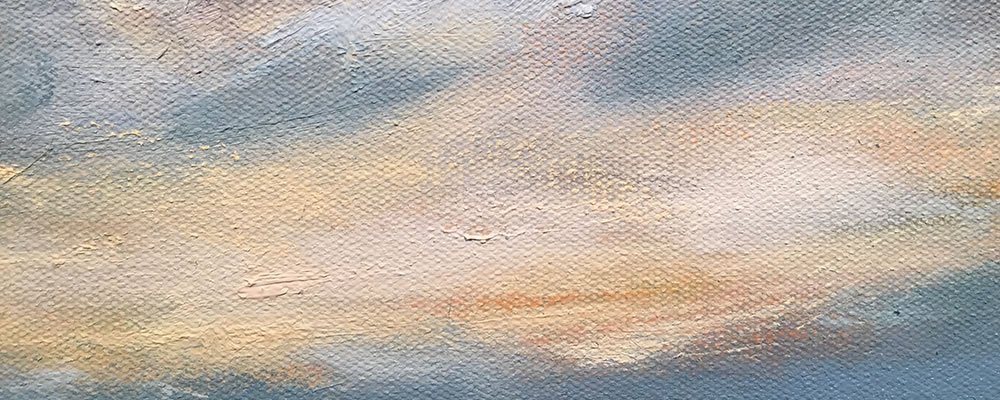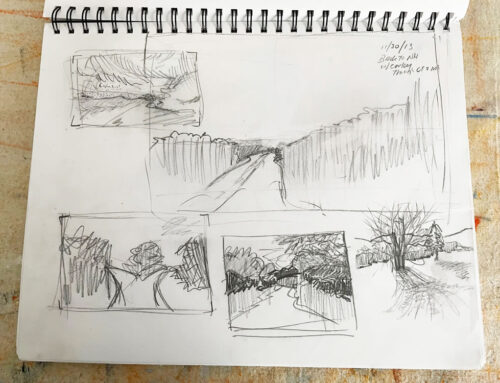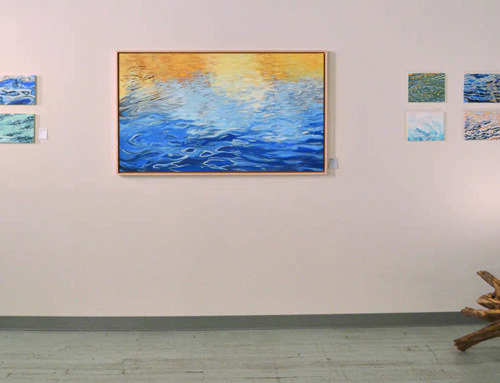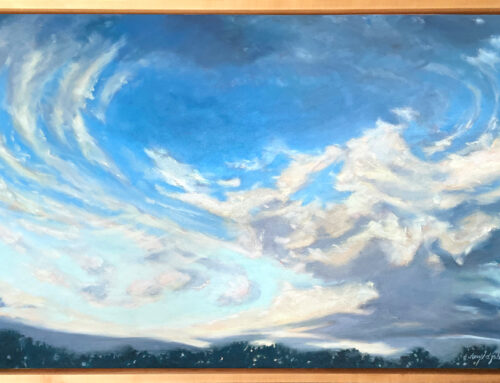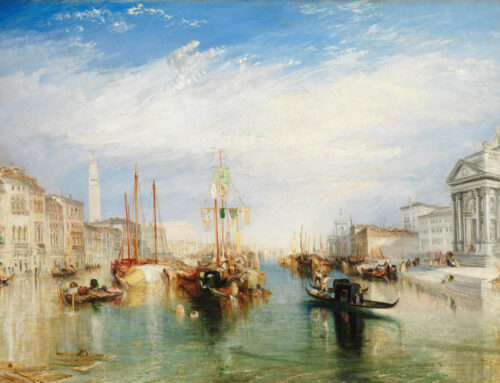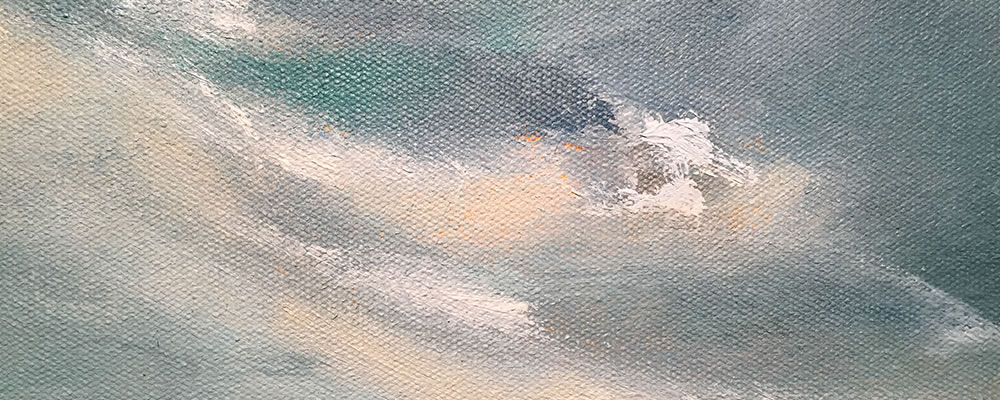
Brushstrokes: Footprints to Understanding
Wondering what the brushwork that provides the texture, direction, depth of paint, etc. on a canvas surface can help tell the story of a piece. Artists have a lot of tools to use: color, composition, subject matter, perspective…
The brush can leave an expressive swath of paint, a smooth continuous tone and other effects. When I go to museums I often like to stand near a painting at the distance I would stand if I were painting it. Of course this makes the guards nervous, so I don’t move my hands, just my eyes soaking in the motion and lengths of bush marks. How else could I perceive what they did?
I read up about techniques, for instance Turner left his thumbnail long to use as a scraper of sorts, or what kinds of brush hairs to expect in the dried paint. (Art conservators will determine I used brushes of border collies and labrador hairs, I am certain.)
I’m curious as of late about larger, more expressive strokes, not the seemingly rigid, smooth, careful small, very small, strokes of sometimes realistic scenes. I would like to express the aliveness of nature around us, of scenes we love. An emotional response.
Sometimes we say “That artist is a “painter’s painter” and I think it’s all about how they handle paint on the surface. This isn’t Photoshop, people. We know it’s paint we’re using as a language. Express the paint’s life as paint!
